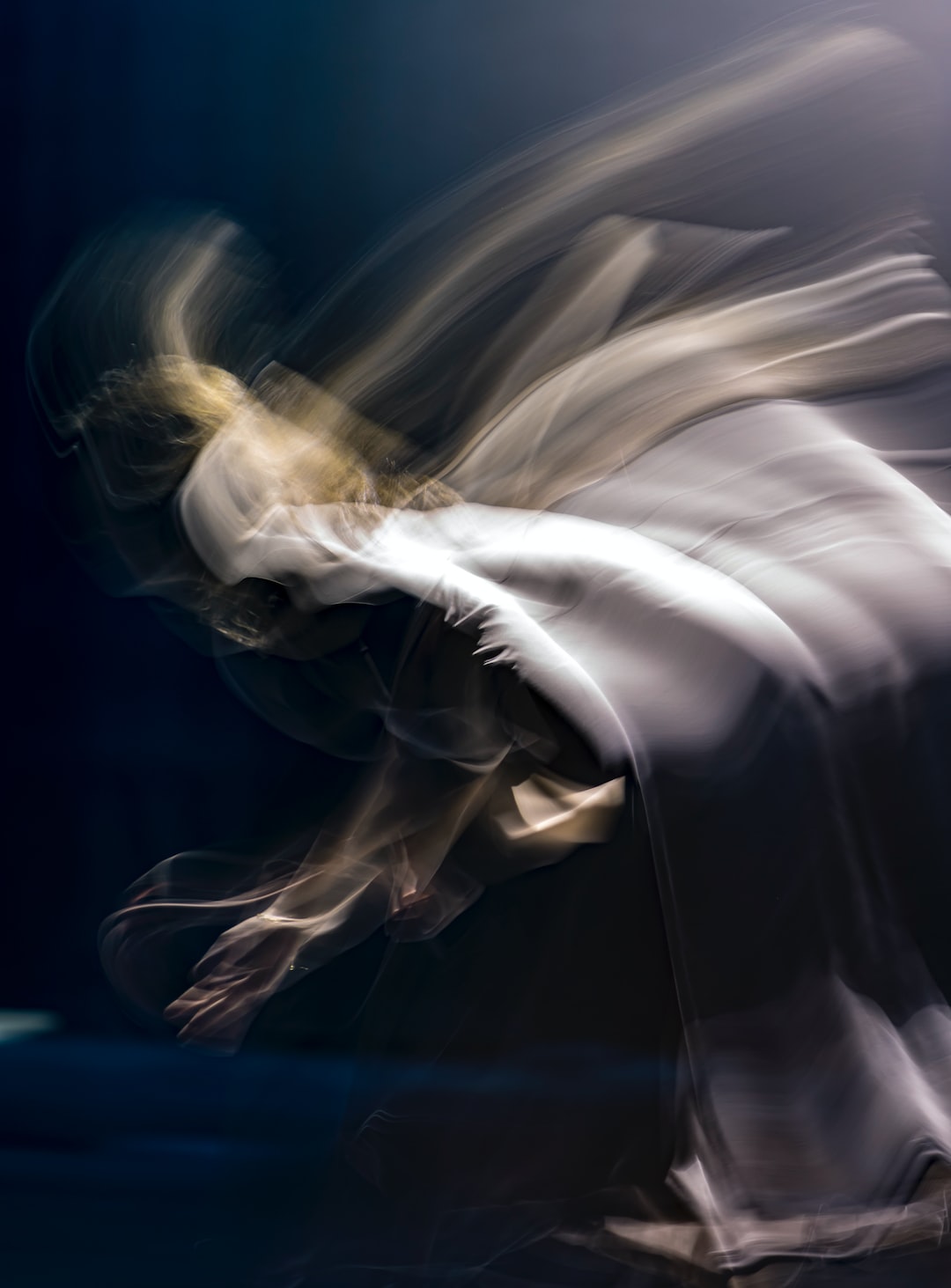Uncovering the Mysteries of Classical Paintings
Throughout history, classical paintings have captivated audiences with their timeless beauty and hidden narratives. Whether it’s the enigmatic smile of Mona Lisa or the vivid colors of Van Gogh’s Starry Night, these masterpieces continue to intrigue art lovers and historians alike. However, behind every stroke of a brush lies a story waiting to be unraveled, offering a glimpse into the minds of the artists and the society they lived in.
One of the most iconic paintings in art history, Leonardo da Vinci’s Mona Lisa, is often described as mysterious. Completed in the early 16th century, this portrait still baffles experts and art enthusiasts to this day. Who was the lady with the enigmatic smile? What was Leonardo attempting to convey through her expression? Multiple theories have emerged over time, with some speculating that the painting might be a self-portrait of the artist himself, while others believe it’s a depiction of Lisa Gherardini, wife of Florentine merchant Francesco del Giocondo. The ambiguity of Mona Lisa’s identity has made it a subject of fascination, reinforcing its allure for centuries.
On the other hand, classical paintings often hold hidden symbols or messages that were meaningful to the artists and the societies they belonged to. Jan van Eyck’s Arnolfini Portrait is a perfect example of this. Completed in 1434, this Flemish masterpiece is rich in symbolism. From the convex mirror reflecting the couple to the small, dog-like creature on the floor, each element hints at the social, religious, and cultural context of the time. The mirror symbolizes divine presence, while the dog can be seen as a sign of loyalty. Unraveling such symbols not only allows us to appreciate the artist’s intentions but also provides insights into the society and values prevalent during that era.
Furthermore, classical paintings often serve as a testament to historical events and social realities. Artemisia Gentileschi’s Judith Slaying Holofernes is a powerful example of this. Painted in the early 17th century, it depicts the biblical story of Judith, a widow who saves her people by beheading Holofernes, an Assyrian general. However, Gentileschi’s interpretation of this story is distinct. The brutality and intensity of the scene, coupled with the artist’s personal history of surviving a violent sexual assault, gives the painting a resonance that goes beyond its religious roots. Through her art, Gentileschi expressed empowerment and resistance against gender-based violence, shedding light on the struggles faced by women during her time.
Uncovering the mysteries of classical paintings often requires meticulous research and analysis. Art historians delve into the biographies of artists, study historical documents, and explore the cultural and political climate of the period. For example, in Gustav Klimt’s masterpiece, The Kiss, scholars have dissected the artist’s personal relationships and the Vienna Secession movement to decode the various elements in the painting. Klimt’s fascination with intimacy, eroticism, and the human psyche is apparent in this piece, making it an allegory for passion and desire.
Additionally, technology has played a significant role in uncovering hidden details in classical paintings. Through techniques like infrared reflectography and multispectral imaging, conservators and researchers can unveil underlying sketches, changes made by the artists, and even hidden signatures. This technological advancement has allowed us to gain a deeper understanding of the artistic process and creative choices made by these master painters.
In conclusion, classical paintings continue to captivate us with their timeless beauty and hidden narratives. From deciphering the mysterious smiles to exploring the symbolism embedded within each stroke, these masterpieces offer glimpses into the minds of artists and the societies they lived in. Uncovering the mysteries of classical paintings not only enriches our understanding of art history but also provides insights into the human experience across different eras. Ultimately, it is through delving into these enigmas that we can truly appreciate and connect with the profound artistic legacy left behind by these great masters.

